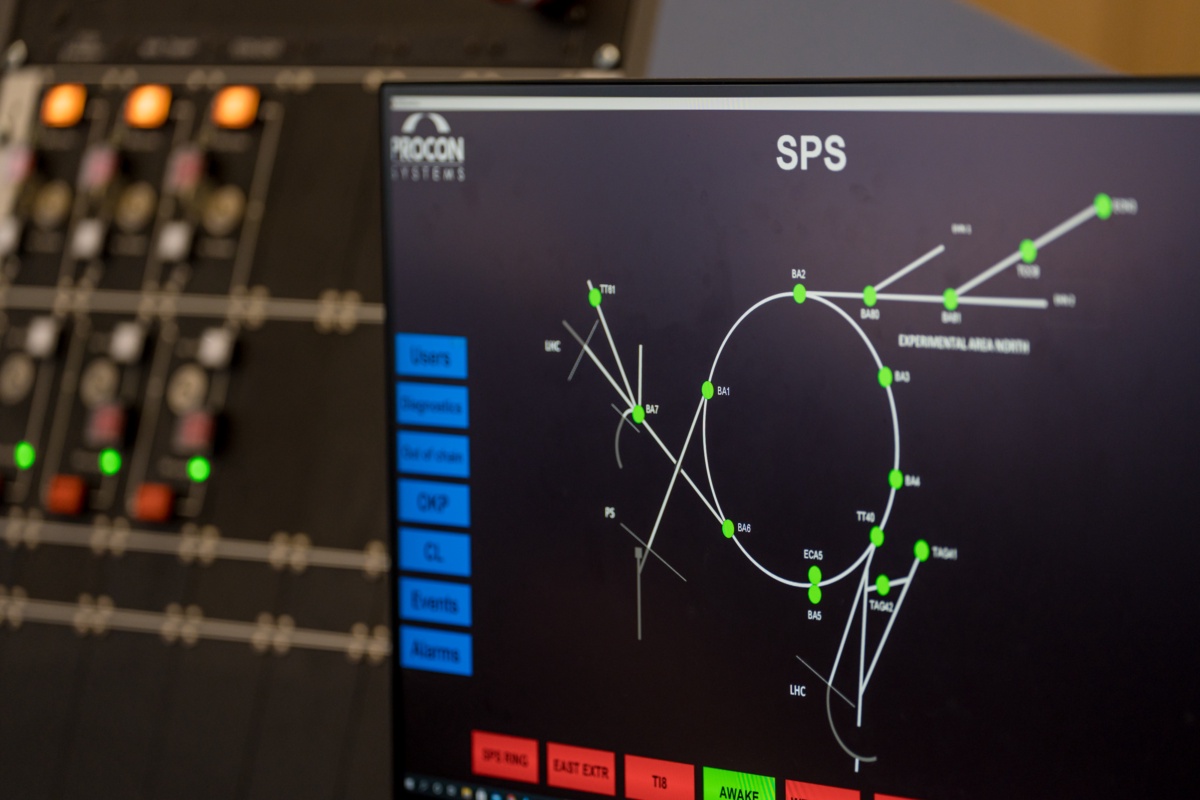Report by Ananya Singh
The Large Hadron Collider (LHC) situated in CERN, at the border of Switzerland and France, was restarted on 5 July 2022.
It had been closed down 4 years ago for upgrades and renovations, making this its third run.
This run will last for 4 years, with the collider smashing protons together 24/7.
This time, scientists plan to have particles collide at previously untested speeds of 13 trillion electron volts to form new particles and understand more about the Higgs Boson.
The renovations made to the LHC include increasing the energy range, upgrading the apparatus and making it compact, forming denser beams using particles to increase chances of collisions, and upgrading detectors used to record changes so that they can measure up to double the data that they were previously able to collect.
An early win
As soon as it started, CERN reported a discovery – three new subatomic particles that have never been observed before.
A new kind of “pentaquark” and the first-ever pair of “tetraquarks”, which includes a new type of tetraquark.

According to CERN:
Quarks are elementary particles and come in six flavours: up, down, charm, strange, top and bottom. They usually combine together in groups of twos and threes to form hadrons such as the protons and neutrons that make up atomic nuclei. More rarely, however, they can also combine into four-quark and five-quark particles, or “tetraquarks” and “pentaquarks”. These exotic hadrons were predicted by theorists at the same time as conventional hadrons, about six decades ago, but only relatively recently, in the past 20 years, have they been observed by LHCb and other experiments.
You can read more about this here: LHCb discovers three new exotic particles | CERN (home.cern)
History
Originally constructed to test the Standard Model and learn more about particles by having protons smash into each other at high speed, the first run of the Large Hadron Collider took place from 2008-2012 and the second from 2015-2018.
A few months after the discovery of the Higgs Boson subatomic particle in 2012, the LHC proceeded to be shut down for repairs and upgrades.
Working Mechanism
Located 100 metres underground with a length of approximately 17 miles (27km), the LHC smashes protons together by packing them into two beams. These beams are then “shot” at each other from opposite sides of the LHC and collide in the centre. To ensure that the protons travel in a straight path, a ring of superconducting electromagnets surrounds the apparatus. These magnets have as much current as a lighting bolt, so, to ensure minimum damage, the temperature of the apparatus is maintained at a constant -271.3°C using liquid helium. Before the collision of the two beams, another magnet is used to squeeze the particles further together, to ensure that a higher number of collisions takes place. In the same manner, the beams have been equipped to be denser in the latest upgrades.
The Standard Model
The Standard Model is the structural framework of all the physics taught today. It describes the laws and reasons of particle interaction, compiling previously proven methods and beliefs. However, physicists continue to question theories and, to prove (or disprove) them, continuously try to find new theories.
The Higgs Boson
The “God Particle” Higgs Boson was discovered on 4 July 2012, proving the Higgs Mechanism true.
This mechanism had been put forward by scientists in the mid 1960’s but technological means to provide solid evidence for the theory didn’t exist until now.
Since then, physicists have conducted numerous experiments to prove the theory. The Higgs Mechanism claims that a force-carrying subatomic particle (particles making up atoms : protons, neutrons, electrons) exists, i.e. it claims that subatomic particles aside from protons and neutrons also have mass.
All images by CERN.







